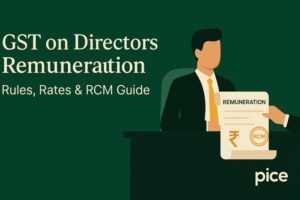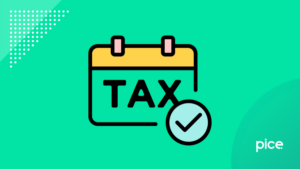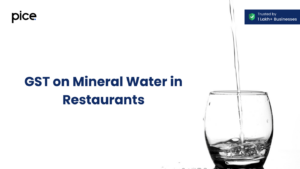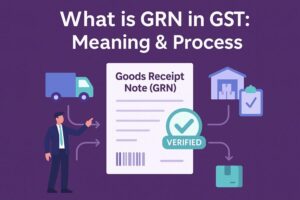Invoice Format for SEZ Under GST
- 6 Dec 24
- 7 mins
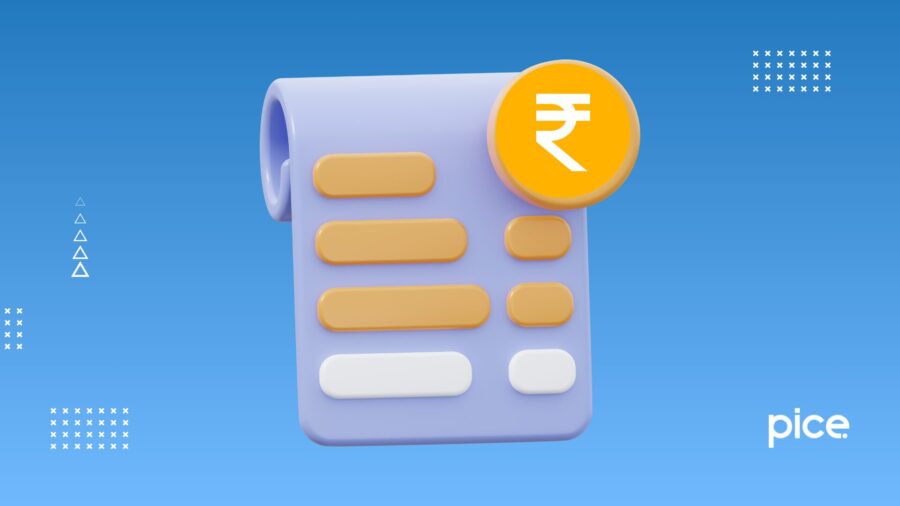
Invoice Format for SEZ Under GST
Key Takeaways
- SEZ supplies are zero-rated under GST to promote exports and economic growth.
- SEZ units are exempt from e-invoicing, while developers comply based on turnover.
- Suppliers to SEZs can opt for IGST payment with refund or LUT for ITC claims.
- SEZ invoices must comply with Rule 46, detailing supplier, buyer, and tax specifics.
- E-invoicing ensures faster GST refunds and improves transparency for SEZ supplies.
In the Goods and Services Tax framework, special economic zones (SEZs) are established to promote exports and offer simpler tax regulations to businesses. SEZs have special tax exemptions. Additionally, the supplies made to SEZs are zero-rated.
In this blog, we will discuss SEZ in detail, the e-invoicing requirements, the invoice format for SEZ under GST, points to remember for invoicing and other important aspects.
What Is SEZ—Special Economic Zone?
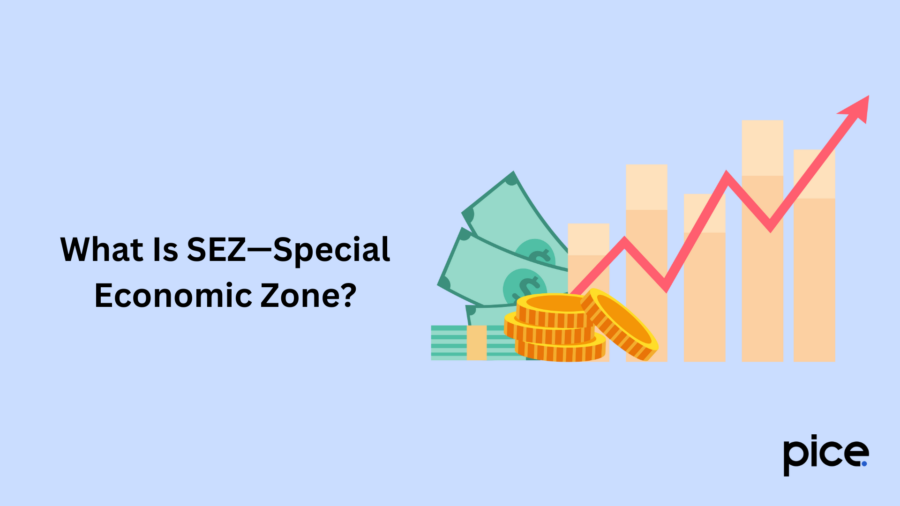
Special Economic Zones or SEZs are areas within a country with different trade and business laws than the rest of the country. These areas provide businesses with simpler tax regulations. The goals of SEZs are to increase employment, create jobs, increase trade balance, and improve investment and administration. Precisely, you can consider SEZ as a Trade Capacity Development tool, which aims to promote the nation's economic growth.
Any goods or services which you supply to a Special Economic Zone unit/developer are a zero-rated supply and are subject to 0% GST. Goods or services which are supplied from a SEZ will be considered as a normal supply and will attract the normal rates applicable to those transactions.
E-Invoicing and SEZ Units/Developers
Let us discuss in detail about e-invoicing and SEZ units/developers:
- Supplies Made by a SEZ Unit/Developer:
Special Economic Zones units are exempted from the issuance of GST e-invoices for outward supplies. In the case of SEZ developers, issuance of e-invoicing is applicable for fulfilling specific conditions for e-invoicing mandates like turnover.
For instance: If a Domestic Tariff Area (DTA), SEZ unit and SEZ developer fall under the same legal entity, i.e., have a common PAN (not more than ₹500 crore, considering all GSTIN), and the total aggregate turnover of the legal entity. In this case, e-invoicing is not applicable for SEZ units and is exempted from it. When it comes to DTA units and SEZ developers and if it concerns entities with turnover of more than ₹500 crore, e-invoicing is applicable. Therefore, in the case of common PAN, the calculation of eligibility is made on total annual turnover.
- Supplies Made to a SEZ Unit/Developer:
If your Goods and Services Tax Identification Number (GSTIN) is under the e-invoicing mandate, all supplies made to SEZs (with payment or without it), registered taxpayers (B2B), exports (with payment or without it) and deemed exports fall under the mandate. The two types of supplies made to SEZ units/developers are:
- Suppliers may opt to charge Integrated Goods and Services Tax (IGST) on supplies made and claim a refund of the IGST payment.
- Suppliers can execute a bond or Letter of Undertaking (LUT) and make supplies without charging IGST. In this case, they can claim an Input Tax Credit (ITC) on input services.
Points to Note for Supplies to an SEZ Unit/Developer While Generating IRN
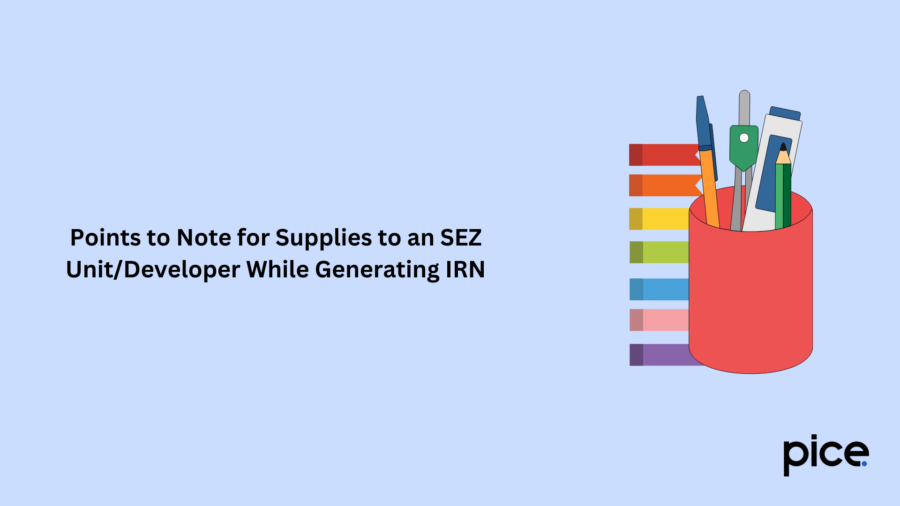
When generating an Invoice Reference Number (IRN) for SEZ suppliers, a regular taxpayer supplier needs to consider these key points:
- Type of Transaction
You need to report the type of transaction: SEZWP (SEZ with payment) or SEZWOP (SEZ without payment). It is important to update the customer in addition to the correct transaction type during IRN generation. In addition to this, the transaction type will also be auto-populated in Form GSTR-1.
- Place of Supply
Supplies to Special Economic Zone Unit/Developer are considered inter-state transactions, irrespective of the place of supply or the supplier location. In the e-invoicing scheme, the "IGST on Intra" field offers the allowance of charging IGST on interstate transactions. However, it is important to remember that this field is not applicable in cases of supplies to SEZ and export invoices.
Impact of E-Invoicing on GST Refund Applications in Case of Supplies to SEZ
The implementation of e-invoicing has impacted the GST refund process, making it more transparent for SEZ suppliers. Some of the primary positive impacts are:
- In case of supplies to the SEZ unit/ developer, a supplier is eligible to claim a GST refund through application of refund for both with and without payment.
- The GSTR-1 is likely to auto-populate details based on e-invoices, making it easier to file accurate refund claims.
- Accurate e-invoicing records allow faster processing of GST refunds for SEZ supplies. This, in turn, reduces the cash flow burden on businesses.
Invoice Format for SEZ Under GST
A supplier's invoice must include a statement saying, "Supply meant for SEZ with payment of integrated tax."
As per the Rule 46 of CGST Rules, the GST invoice must contain the following information:
- Name, GSTIN and address of the supplier
- Issuance date
- Tax invoice number to 16 characters
- In case the recipient or buyer is registered, the name GSTIN and address of the buyer must be present
- HSN Code for goods and Accounting Code for services
- In case the buyer is not registered and the value exceeds ₹50,000, the invoice must contain the name and address of the buyer, state name and code and address of delivery.
- Description of goods or services
- Total supply value of goods or services
- Applicable GST rates (CGST, SGST, UTGST and IGST, and additional cess)
- Taxable supply value, with discount adjustments
- Tax Amount
- Place of supply and destination name for inter-state transactions
- Payment of GST on reverse charge mechanism or not
- Supplier or the authorised signatory’s signature
- Address of delivery in case it differs from the place of supply
- Quantity of goods in number and unit in Unique Code Quantity (kg, metre, etc.)
Conclusion
The invoice format for SEZ under GST involves adding certain details to ensure compliance with provisions of zero-rated supply. Accurate invoicing simplifies the process for both suppliers and SEZ units/developers.
Adhering to e-invoicing regulations increases transparency, streamlines GST documentation, and ensures timely refunds.
💡If you want to streamline your payment and make GST payments, consider using the PICE App. Explore the PICE App today and take your business to new heights.
 By
By 








